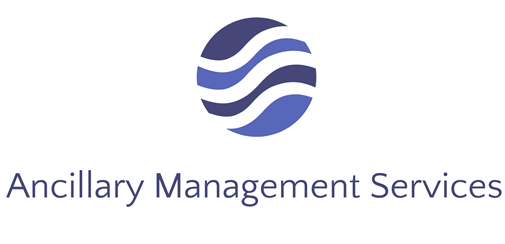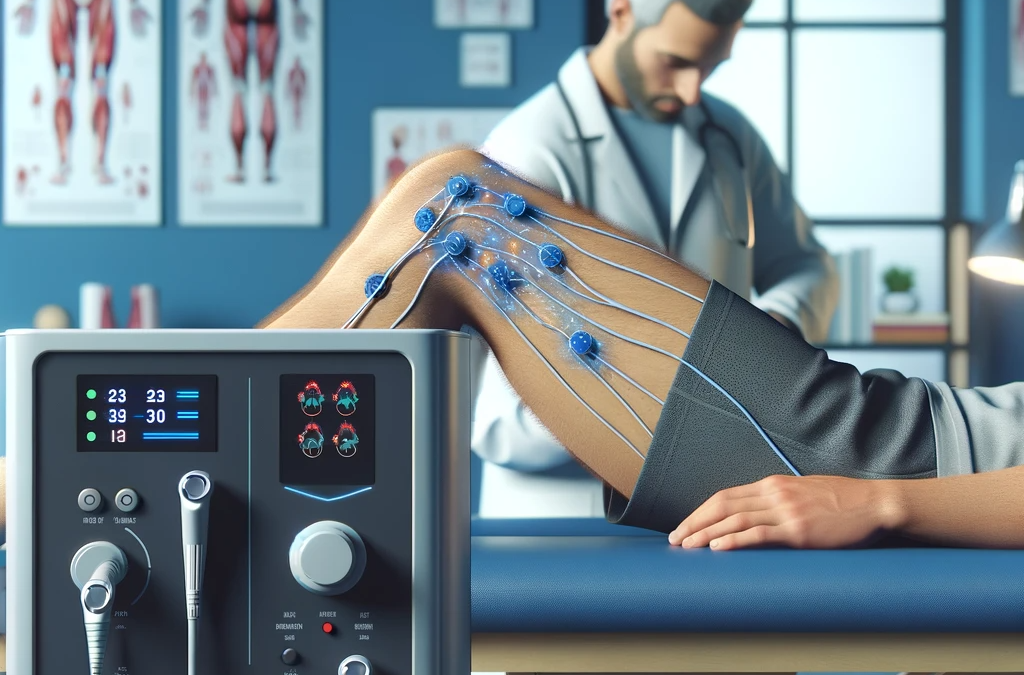Iontophoresis is a non-invasive, effective, and accessible way to treat some musculoskeletal injuries. Doctors and physical therapists can enhance the effectiveness of their pain and inflammation medications using this unique delivery system.
When it comes to musculoskeletal rehabilitation, the integration of a variety of proven techniques is essential for optimizing patient outcomes. Physical therapists play a pivotal role guiding people through the journey of recovery. Among the diverse array of modalities available, iontophoresis stands out as a non-invasive and effective option. Iontophoresis combined with Dexonto, a specialized medication designed for this system, can help physical therapists achieve better outcomes when treating their patients.
What Is Iontophoresis?
Iontophoresis is a non-invasive drug delivery system. It utilizes the principles of electromagnetism to transport charged medication ions through the skin and into nearby underlying tissues. The technique involves applying a low-level electrical current, which, when paired with specialized medications, facilitates targeted and localized delivery to specific areas of the body.
In the context of musculoskeletal rehabilitation, iontophoresis is particularly beneficial because it precisely delivers anti-inflammatory medications directly to the site of injury or inflammation for fast, targeted relief. Most patients only feel a bit of tingling during the treatment, making it less intimidating for patients with a low pain threshold. Some patients will feel a tiny sting.
The Evolving Landscape of Musculoskeletal Rehabilitation
Musculoskeletal conditions include a range of issues from tendinitis to ligament injuries and often require targeted interventions to promote healing and alleviate pain. While traditional approaches such as physical therapy and manual techniques remain necessary, including advanced therapies is crucial for making rehabilitation effective for individual patients.
Iontophoresis beyond Specific Conditions
While iontophoresis is known for its application in conditions like tennis elbow, it’s important to recognize the versatility of this modality in addressing a spectrum of musculoskeletal issues. From rotator cuff tendinitis to patellar tendinopathy, the localized and targeted drug delivery facilitated by iontophoresis makes it a valuable tool for various rehabilitation scenarios.
Dexonto: Tailoring Medication Delivery to Patient Needs
Central to the success of iontophoresis is the choice of medication, and Dexonto offers a specialized solution for musculoskeletal rehabilitation. Because it’s made with dexamethasone sodium phosphate, Dexonto has an anti-inflammatory effect that can be particularly helpful addressing the inflammation associated with musculoskeletal conditions.
Key Considerations for Physical Therapists
Physical therapists have a few things to consider before choosing to offer iontophoresis to their patients. Mostly, they need to make sure this treatment is right for the specific patient and that the patient fully understands the process.
Conduct a thorough assessment of each patient, considering their specific musculoskeletal issues and condition, pain levels, and overall health. This individualized approach allows physical therapists to tailor iontophoresis treatments to meet the unique needs of each patient. Incorporating iontophoresis sessions with Dexonto into the overall rehabilitation plan may involve a combination of exercises, manual therapy, and other modalities to address the underlying causes of the musculoskeletal condition.
The benefits of iontophoresis with Dexonto include the non-invasive nature of the treatment, the targeted delivery of medication, and its ability to enhance overall rehabilitation outcomes. Educate patients about the collaborative nature of treatment and the role of iontophoresis in their recovery. Monitor patient progress and adjust the treatment plan as needed. Communication between physical therapists and patients helps ensure that the iontophoresis sessions are effective and contribute positively to the overall rehabilitation journey.
Expanding the Scope: Iontophoresis in Sports Rehabilitation
In addition to traditional musculoskeletal conditions, iontophoresis with Dexonto can be an asset in sports rehabilitation. Athletes recovering from injuries such as ankle sprains or muscle strains can benefit from the targeted and non-invasive nature of iontophoresis, promoting a quicker return to their sport.
The Future of Iontophoresis in Musculoskeletal Rehabilitation
As best practices in musculoskeletal rehabilitation continue to be adjusted, the role of iontophoresis is poised to expand. Ongoing research and advancements in drug formulations may open new possibilities for addressing a broader range of conditions. Physical therapists, by embracing the versatility and efficacy of iontophoresis, can position themselves at the forefront of innovative and patient-centric rehabilitation practices.
Elevating Musculoskeletal Rehabilitation with Iontophoresis and Dexonto
In the field of musculoskeletal rehabilitation, incorporating advanced therapies can help medical practitioners achieve optimal patient outcomes. Iontophoresis with Dexonto offers physical therapists a powerful and versatile tool to enhance their treatment plans.
By embracing the broader applications of iontophoresis and tailoring its use to individual patient needs, physical therapists can contribute to a new era of rehabilitation that prioritizes targeted, non-invasive, and patient-centered care. Dexonto, as a reliable partner in this journey, exemplifies the commitment to advancing musculoskeletal rehabilitation and helping people recover.

